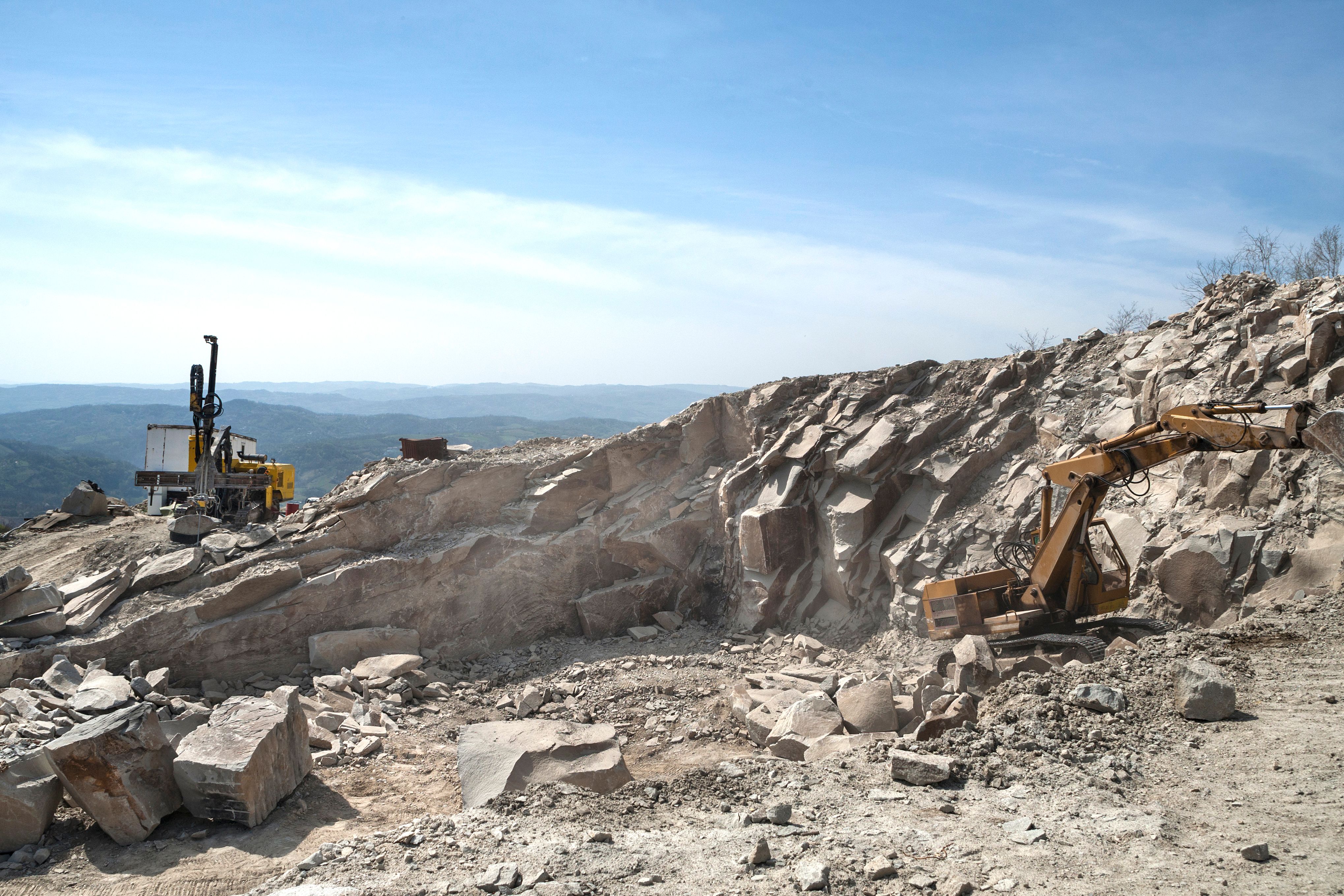Exploring Taj Mahal Quartzite: From Quarry to Interior Design
Discovering the Beauty of Taj Mahal Quartzite
When it comes to elegant and durable natural stone surfaces, Taj Mahal quartzite stands out as a popular choice among interior designers and homeowners alike. Its stunning appearance, reminiscent of the iconic Taj Mahal's marble, combines beauty with practicality, making it an excellent option for various applications. Let's explore the journey of this remarkable stone from quarry to interior design.
Taj Mahal quartzite originates from quarries in Brazil, where skilled workers extract the stone with precision and care. This natural stone is renowned for its soft, white background accented by delicate gold and gray veining, giving it a luxurious appearance. The process of quarrying is meticulous, ensuring that the integrity and quality of the quartzite are maintained throughout extraction.

Understanding the Characteristics of Quartzite
Quartzite is a metamorphic rock formed from sandstone exposed to extreme heat and pressure. This process results in a hard, dense material that is more durable than marble. One of the key features of Taj Mahal quartzite is its resistance to scratching and etching, making it an ideal choice for high-traffic areas and surfaces that require resilience.
Additionally, quartzite is heat resistant, which makes it suitable for kitchen countertops where hot pots and pans are frequently placed. Its natural beauty does not come at the expense of durability, offering both aesthetic appeal and functionality.

The Transformation from Quarry to Slab
Once extracted from the quarry, the raw blocks of Taj Mahal quartzite are transported to processing facilities where they undergo a series of transformations. Modern machinery cuts the large blocks into slabs of varying thicknesses, which are then polished to enhance their natural luster. This polishing process can reveal the stone's unique patterns and colors, making each slab distinct.
These polished slabs are then categorized based on their quality and aesthetic appeal. The selection process involves careful examination to ensure that each piece meets stringent quality standards before it reaches the market.

Incorporating Taj Mahal Quartzite in Design
Interior designers often recommend Taj Mahal quartzite for its versatility. It can be used in a variety of settings, including kitchen countertops, bathroom vanities, flooring, and even wall cladding. Its neutral tones allow it to complement a wide range of color palettes and design styles, from modern to traditional.
To integrate Taj Mahal quartzite into your interior design effectively, consider the following ideas:
- Kitchen Countertops: Pair with dark cabinetry for a striking contrast or with white cabinets for a seamless look.
- Bathroom Vanities: Use it to add a touch of elegance and durability to your bathroom space.
- Flooring: Create a luxurious feel in entryways or living areas with its unique veining patterns.

Caring for Your Quartzite Surfaces
Maintaining the beauty of Taj Mahal quartzite requires proper care and attention. Though it is more durable than marble, regular sealing is recommended to protect its surface from potential stains. Use mild soap and water for routine cleaning, avoiding harsh chemicals that could damage its finish.
By following these care guidelines, you can ensure that your Taj Mahal quartzite surfaces remain stunning and functional for years to come.
The Enduring Appeal of Natural Stone
Taj Mahal quartzite embodies the timeless allure of natural stone, offering a sophisticated yet practical option for modern interior design. From its origins in Brazilian quarries to its application in homes around the world, this exquisite material continues to captivate those who appreciate both beauty and functionality in their living spaces.
Whether you're renovating a kitchen or designing a new bathroom, consider Taj Mahal quartzite for its unmatched elegance and durability. Its journey from quarry to interior design is a testament to the enduring appeal of natural stone.